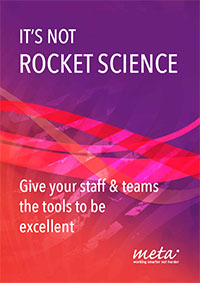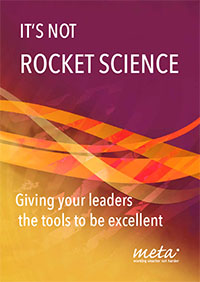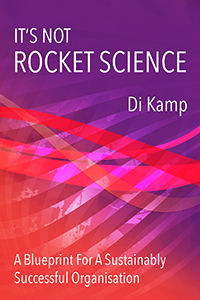There is no doubt we are living in a speeded up world. We are working far harder and for longer hours, than we ever have. The increased demands of the workplace are causing many of us to become far too tolerant of stress. Right now all of us will know of someone (possibly even us if we’re honest?) who is suffering from stress.
Stress related illness is the number one cause of visits to UK GP’s so what are you doing to monitor your own stress levels? ~Do you know your own physical and mental signs that you’re under too much stress? Do you suffer from difficulty in sleeping? Waking up in the middle of the night? Waking up with butterflies in your stomach? Suffering from low-level anxiety? Making snap or bad decisions? Not able to get over a cold? Getting ill easily and then being ill for a long time before recovering? Not being able to stop yourself saying something before you’ve said it? Feeling out of control? Wired? Short tempered? Being snappy? Uptight? Being grumpy for no particular reason? Not being able to motivate yourself? Bad neck or back or shoulders? Stomach issues? Gut or digestion problems? Struggling to eat? Smoking or drinking too much? All of these symptoms can be signs of stress.
At Meta we have looked at the science behind stress. We look at how the stress hormones affect the body and mind and look at practical ways to recognise the signs of stress and combat stress in the workplace. With some simple tools you really can change your relationship to stress.
We believe its time to highlight this silent killer. Too many of our friends in senior leadership positions have suffered from the long-term effects of stress. We’ve seen what ignoring stress does. It’s not pretty and it’s not clever. We have to admit that as a working culture we have a problem. We have a problem that we are not paying enough attention to. With increased workloads comes increased pressure, with increased pressure comes increased stress levels, with increased stress levels comes mistakes, inefficiency, inability to problem solve, the death of creativity and innovation and more importantly – serious illness. This is something that businesses and leaders need to address. Not just for the health and well being of their staff but for the health and well being of their organisations!
We can’t change how much you have to do on your to-do list but we can help you to truly change the way you work so that you don’t suffer quite so much from stress. Its time to stop ignoring what is right in front of our faces. It’s time to do something about stress.
We have a 1-day workshop on precisely this topic, so why not use your next team away day to do something really useful for you and your team? And help reduce stress in your workplace?
I hope that at the very least this update will make you think about your own relationship to stress. Are you in denial? Are you more stressed than you think? If you tick more than one of the possible symptoms highlighted in your article, you might want to think about it some!
At Meta we believe that everyone should have access to what we’ve learned, so if you’d like to find out more about the ‘science behind stress’ and ways to tackle it, from the extensive research we’ve done, we’d love to help. So get in touch and we’ll see what we can do to help you and your team tackle this silent killer before it’s too late!
Have a great week everyone,
Jo xxx



